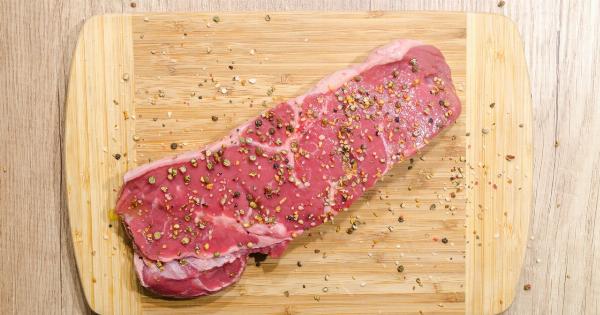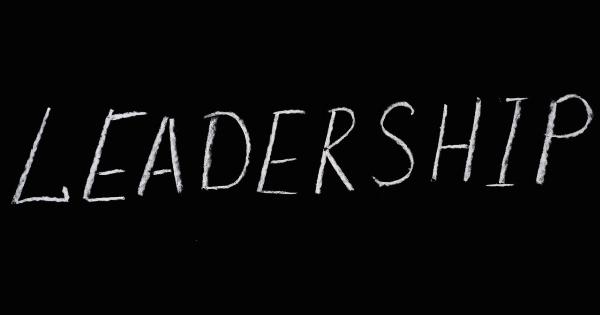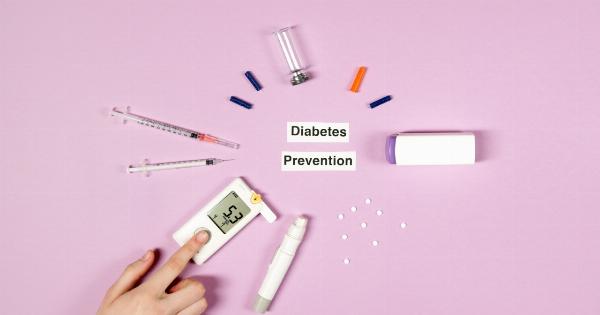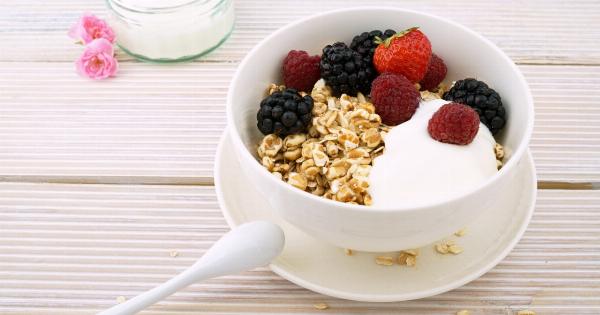Nutrition is a vital component of a healthy lifestyle, and it is no secret that men and women have specific nutritional requirements. While many may assume that the differences are minimal, the reality is that they can vary significantly.
The Nutritional Needs of Men and Women
Men and women have different biological and hormonal structures; hence, their nutritional needs can vary. Men typically require more calories than women due to their larger size and more muscle mass.
Additionally, men need more protein to support muscle maintenance and repair, while women need to consume more iron. Women lose iron each month during their menstrual cycle and require more of it to replenish their stores.
Women also require higher amounts of some vitamins and minerals, including folate, calcium, and vitamin D. Folate is necessary during pregnancy to prevent birth defects, and women need more calcium to prevent osteoporosis and keep bones healthy.
Should Nutritional Needs be Equal?
Many argue that nutritional needs should be equal between men and women. While it is fair to argue for equality in many aspects of life, when it comes to nutrition, this is not necessarily the case.
Ignoring the distinct nutritional requirements of each gender can lead to malnutrition, deficiencies, and long-term health concerns.
One example is iron deficiency anemia, which is more common among women than men. Anemia can cause fatigue, weakness, and shortness of breath and is often caused by low iron levels.
If the nutritional needs of women are ignored, this can lead to an increased risk of anemia, among other health conditions.
The Case for Different Nutritional Needs
While it may seem counterintuitive to argue that men and women have different nutritional needs, the reality is that it’s science-based.
By recognizing the nutritional differences between the sexes, individuals can make better food choices and avoid potential health concerns.
Additionally, there is evidence to suggest that some foods may be more beneficial to one gender than the other. For example, research has shown that eating soy products, which contain phytoestrogens, may reduce the risk of breast cancer in women.
However, consuming high levels of soy for men has shown to lead to hormonal imbalances and may increase the risk of some cancers.
Conclusion
In conclusion, while it may seem like men and women’s nutritional requirements could be equal, the reality is that they are different. Providing adequate nutrition to the body is essential for health and wellness.
By understanding the differences between the nutritional needs of men and women, individuals can make informed food choices and optimize their health.






























